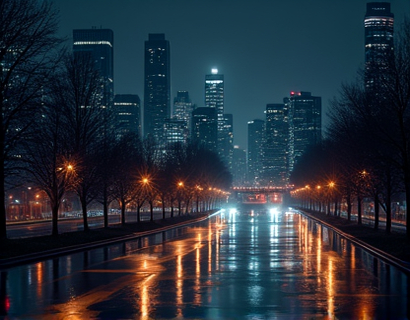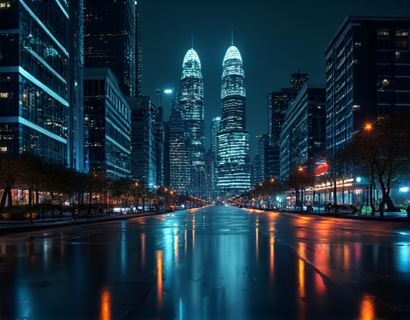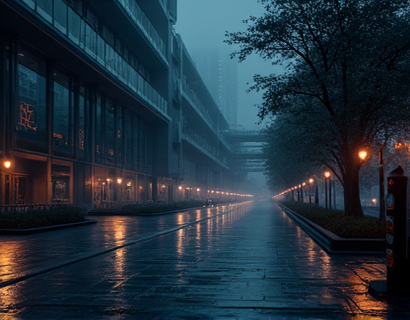Unlocking the Ancient Indus: A Traveler's Guide to Cultural Heritage and Local Wonders
The ancient Indus Valley, a cradle of civilization, beckons modern travelers with its rich tapestry of history, culture, and natural beauty. This comprehensive guide delves into the heart of this timeless region, offering deep insights into its cultural heritage, historical landmarks, and practical travel tips. Whether you are a history enthusiast or a curious traveler, this essential resource will enhance your journey and uncover hidden gems and local attractions that make the Indus Valley an unforgettable destination.
Historical Background
The Indus Valley Civilization, one of the world's earliest urban cultures, flourished around 2600 BCE in the northwestern regions of South Asia. Spanning modern-day Pakistan and northwestern India, this civilization is renowned for its advanced urban planning, sophisticated water management systems, and intricate craftsmanship. The cities of Harappa and Mohenjo-Daro stand as testament to the ingenuity and sophistication of this ancient society. Despite the civilization's decline around 1900 BCE, its legacy continues to captivate scholars and travelers alike.
Exploring the historical context of the Indus Valley provides a deeper appreciation for the sites and artifacts you will encounter. The civilization's decline remains a mystery, with theories ranging from climate change to invasions. This enigma adds a layer of intrigue to your visit, inviting you to piece together the puzzles of the past.
Must-Visit Historical Landmarks
One of the first stops on your journey should be the archaeological site of Mohenjo-Daro. This UNESCO World Heritage Site offers a glimpse into the urban planning and architecture of the Indus Valley Civilization. The Great Bath, a remarkably well-preserved structure, is a highlight, showcasing the civilization's advanced understanding of sanitation and water management. The surrounding ruins reveal the grid-like layout of the city, with well-planned streets and sophisticated drainage systems.
Another essential visit is the site of Harappa, equally significant and less crowded than Mohenjo-Daro. Here, you can explore the Citadel, a raised platform that once housed public buildings and granaries. The Lower Town, with its residential areas, provides insight into the daily lives of the ancient inhabitants. The Harappa Museum, located on site, houses a collection of artifacts that bring the civilization to life.
The city of Taxila, though not strictly part of the Indus Valley, is a nearby site that complements your journey. This ancient educational center was a hub of learning and culture, attracting scholars from across the ancient world. The ruins include the Jaulian Monastery, a Buddhist complex with intricate carvings and stupas, and the Dhamek Stupa, a significant Buddhist site.
Cultural Experiences
Beyond the archaeological sites, the Indus Valley offers a rich cultural tapestry that is best experienced through local traditions and contemporary life. Visiting a traditional village, such as those found in the Sindh province, allows you to witness the continuity of ancient practices. The people here still use techniques passed down through generations for farming, pottery, and craftsmanship.
Attending a local festival, such as the Sindhi New Year (Sindhi New Year's Day or Cheti Chand), provides a vibrant glimpse into the region's culture. The festival celebrates the arrival of spring and includes traditional music, dance, and food. Engaging with the locals during such events offers a deeper understanding of the community's heritage and hospitality.
For a more immersive experience, consider staying in a homestay or participating in a cultural exchange program. These opportunities allow you to live with a local family, share meals, and learn about daily life in the Indus Valley. Such experiences are invaluable, offering insights that guidebooks and tours cannot provide.
Natural Wonders
The Indus Valley is not only rich in history and culture but also boasts stunning natural landscapes. The Cholistan Desert, a vast arid region, is home to unique flora and fauna. A safari in this desert offers the chance to see wildlife such as gazelles, foxes, and various bird species. The desert's rugged beauty and the nomadic lifestyle of its inhabitants add another dimension to your travel experience.
The Sindh Wildlife Sanctuary, located near the city of Mirpur Khas, is another natural gem. This protected area is home to a variety of wildlife, including the endangered Asian wild ass. The sanctuary's lush greenery and water bodies provide a stark contrast to the surrounding desert, making it a serene escape from the hustle and bustle of city life.
For adventure seekers, rafting on the Indus River offers an exhilarating way to experience the region's natural beauty. The river, which played a crucial role in the civilization's development, now provides opportunities for rafting and kayaking. Guided tours can take you through scenic stretches of the river, offering both adventure and a connection to the area's historical significance.
Practical Travel Tips
Planning your trip to the Indus Valley requires some preparation to ensure a smooth and enriching experience. Here are some practical tips to consider:
- Best Time to Visit: The cooler months from October to March are ideal for exploring archaeological sites and enjoying outdoor activities. Summers can be extremely hot, while winters are mild.
- Dress Code: Dress modestly when visiting religious sites and rural areas. Light, breathable clothing is recommended for warmer months, while layers are essential for cooler evenings.
- Local Cuisine: Indulge in the local cuisine, which features a blend of Pakistani and Sindhi flavors. Dishes like biryani, kebabs, and sabzi are must-tries. Don't forget to wash fruits and vegetables to ensure food safety.
- Transportation: Renting a car or joining a guided tour can provide flexibility and safety. Public transportation is available but may require more planning.
- Language: While English is spoken in tourist areas, learning basic Urdu or Sindhi phrases can enhance your interactions with locals and make your journey more enjoyable.
- Respect Local Customs: Show respect for local traditions and customs, especially when visiting religious sites. Dress appropriately and follow local norms to ensure a positive experience.
By following these tips and immersing yourself in the rich history and culture of the Indus Valley, you will create memories that last a lifetime. This ancient region offers a unique blend of archaeology, culture, and natural beauty, making it a destination that truly unfolds with each step.
Conclusion
The Indus Valley Civilization, though ancient, continues to captivate and inspire. Through this guide, you have gained insights into the historical landmarks, cultural experiences, and natural wonders that await you. Whether you are a seasoned traveler or a curious explorer, the Indus Valley promises an unforgettable journey. Embrace the opportunity to walk in the footsteps of a civilization that shaped the course of human history, and let the ancient Indus reveal its timeless secrets to you.










































